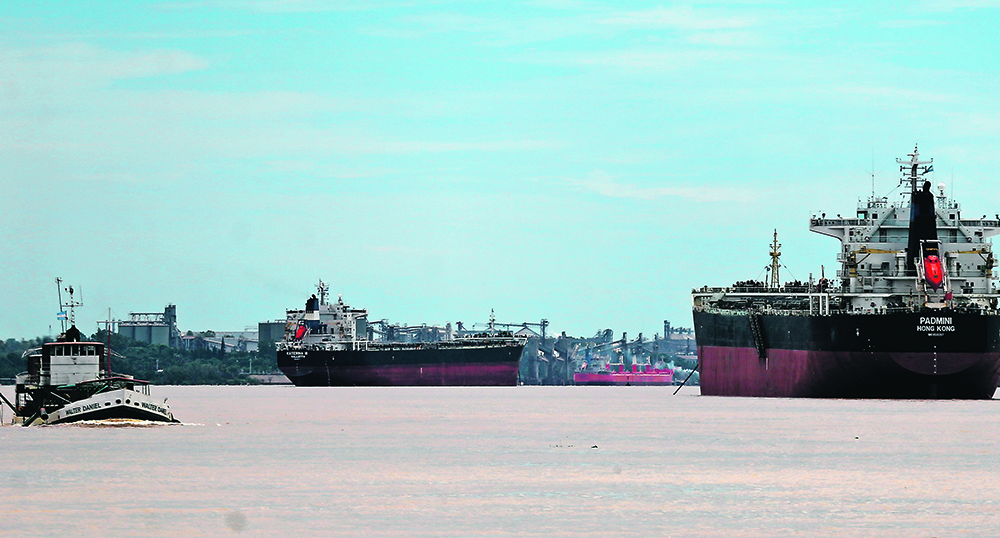Farmers’ shipping costs expected to increase but not significantly as rates return to normal after sinking to historic lows
Ocean freight rates are steadily increasing and there is no end in sight, according to a report by United States Wheat Associates.
Rates for Panamax and Supramax vessels are double what they were a year ago as world economies recover from the COVID pandemic.
“There are factors that suggest rates will remain higher for some time,” U.S. Wheat Associates, (USW) market analyst Michael Anderson said in a recent article.
Mark Hemmes, president of Quorum Corp., Canada’s grain monitor, said rates may have doubled but they are coming off an historically low period.
Read Also

Critical growing season is ahead for soybeans
What the weather turns out to be in the United States is going to have a significant impact on Canadian producers’ prices
He said they are back to about normal levels.
But that still means higher shipping bills for farmers, although ocean freight tends to account for only five to 10 percent of the total costs of transporting grain from a farm on the Canadian Prairies to an overseas market.
Hemmes estimates that a farmer’s shipping costs have already increased about $6 to $8 per tonne but that’s pretty insignificant when canola is selling for over $900 per tonne.
It would have more impact on a wheat farmer, he noted.
Anderson said that 2010 to 2020 was a “lethargic decade” for ocean freight rates but that appears to be in the past.
The Baltic index was up 39 percent in April.
“It looks like the market is at a turning point for the shipping industry,” he said in the USW article.
“Global economic growth and momentum in the equities markets point to an optimistic outlook for the year.”
The increase in freight rates is largely being driven by China’s “buying spree.” The Asian giant accounted for nearly half of all bulk vessel traffic in 2020 as its economy grew by 2.3 percent despite the COVID pandemic.
The country has been buying large quantities of grain, coal and iron ore, according to the USW report.
Hemmes said a lot of shipping lines either scrapped or mothballed vessels due to the low freight rates and new rules that came into effect in 2020 limiting marine fuel sulfur emissions.
Ship owners were confronted with the prospect of spending $1 million to $2 million on scrubbers or installing new engines.
“A lot of them scrapped them,” he said.
With ocean freight rates rising there are lots of new ships under construction but it will take a year or two before they’re navigating the high seas. And new-build orders for container ships are triple what they are for dry bulk vessels.
Hemmes agrees with Anderson that rates will likely remain elevated until the new vessels are afloat.
Anderson said China’s diplomatic dispute with Australia has not helped matters. It has resulted in 70 bulk vessels full of Australian coal being stranded off of northern China while exporters search for a new buyer.
USW said U.S. President Joe Biden’s new infrastructure plan could lead to further demand for vessels loaded with building materials like steel and cement.
In the meantime, COVID protocols have slowed shipping unload times.
“Australia, for example, requires ships to hold at sea for 14 days before calling at ports,” stated the USW.


















